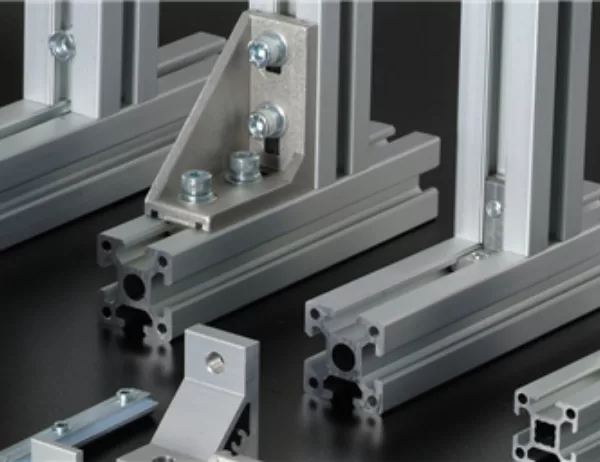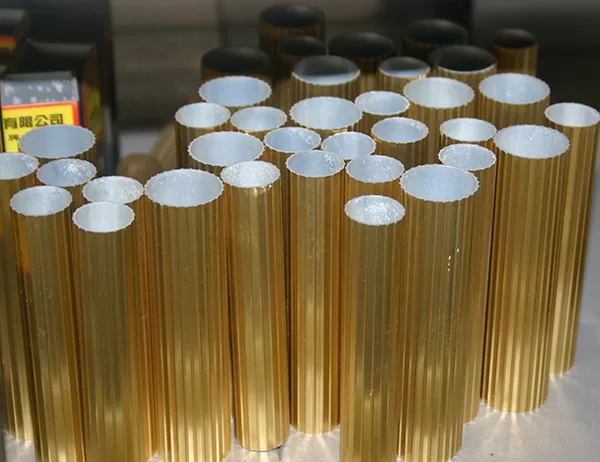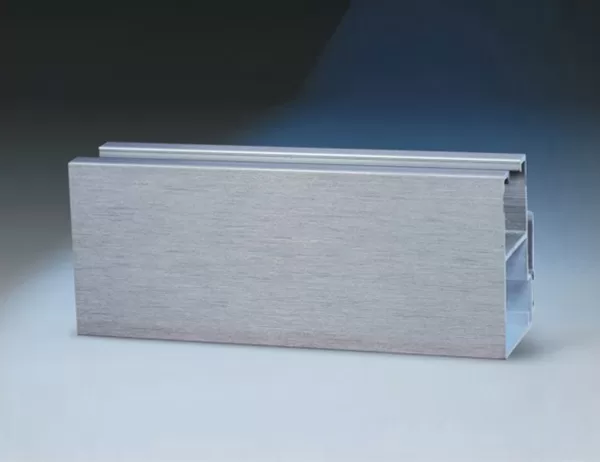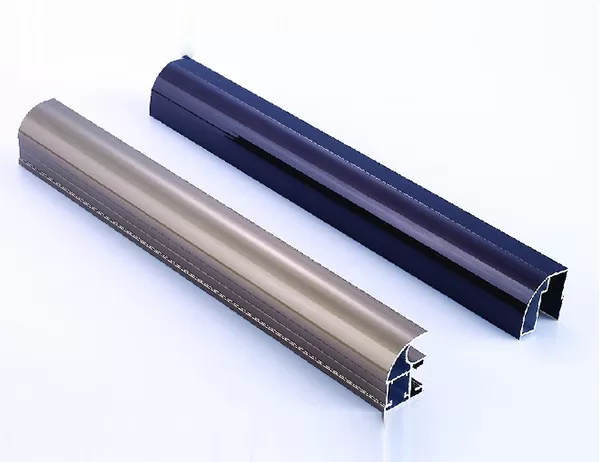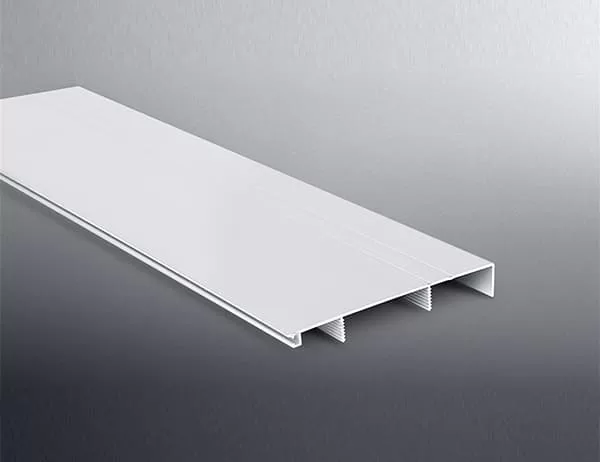Aluminum formwork, a lightweight and durable construction system, is gaining popularity in the construction industry. Its ease of use and versatility make it an ideal choice for various construction projects. This comprehensive guide provides a step-by-step approach to using aluminum formwork effectively.
The choice of aluminum formwork depends on the specific requirements of the project. Factors such as the size and shape of the structure, the desired finish, and load-bearing capacity should be considered. Proper selection ensures optimal performance and cost-effectiveness.
Proper installation is crucial for the structural integrity of the concrete. The formwork should be securely fastened to the substrate using appropriate connectors and braces. Leveling and alignment are essential to achieve the desired dimensions and specifications.
Concrete is poured into the formwork and compacted thoroughly to remove air pockets and ensure proper adhesion. The type of concrete, the placement method, and the curing conditions must be carefully controlled to achieve the desired strength and durability.
Stripping involves removing the formwork after the concrete has sufficiently cured. The timing and method of stripping depend on the concrete’s strength and the desired surface finish. Proper techniques prevent damage to the concrete and ensure a clean and smooth surface.
Lightweight and Durable:
Aluminum formwork is significantly lighter than traditional plywood or steel systems, making it easier to handle and assemble. Its durability ensures multiple uses, reducing project costs.
Easy to Install:
Aluminum components interlock seamlessly, reducing the need for tools and skilled labor. The modular design allows for rapid installation and disassembly, saving time and resources.
Versatile:
Aluminum formwork is highly adaptable, suitable for various shapes and configurations. It can be easily modified to accommodate changes in design or unforeseen circumstances.
Smooth Surface Finish:
The smooth surface of aluminum formwork results in a high-quality finish on the concrete surface. This eliminates the need for extensive finishing work, saving time and labor costs.
Aluminum formwork offers numerous advantages in construction, including its lightweight, durability, ease of installation, versatility, and ability to produce a smooth surface finish. By following the step-by-step guide outlined above, contractors can effectively utilize aluminum formwork to achieve optimal results and deliver high-quality concrete structures.
